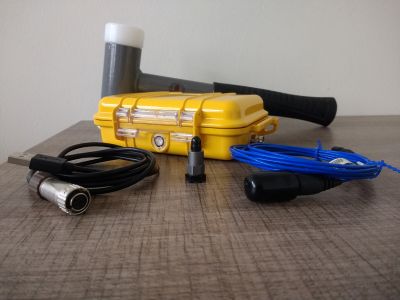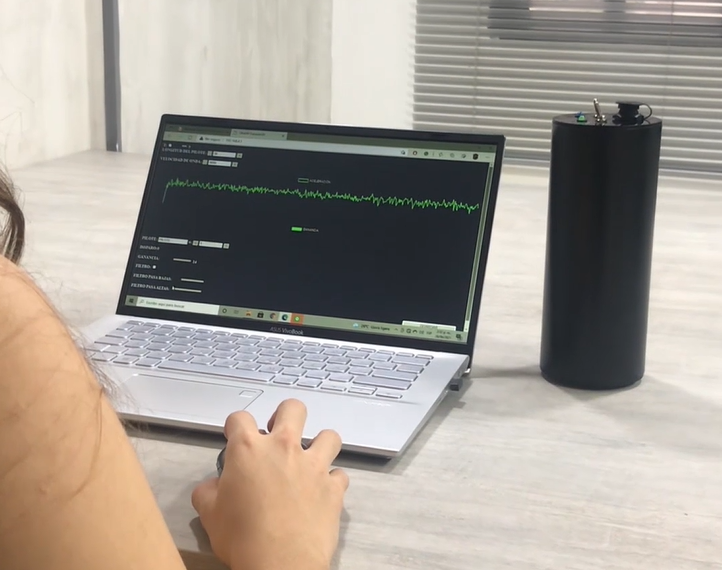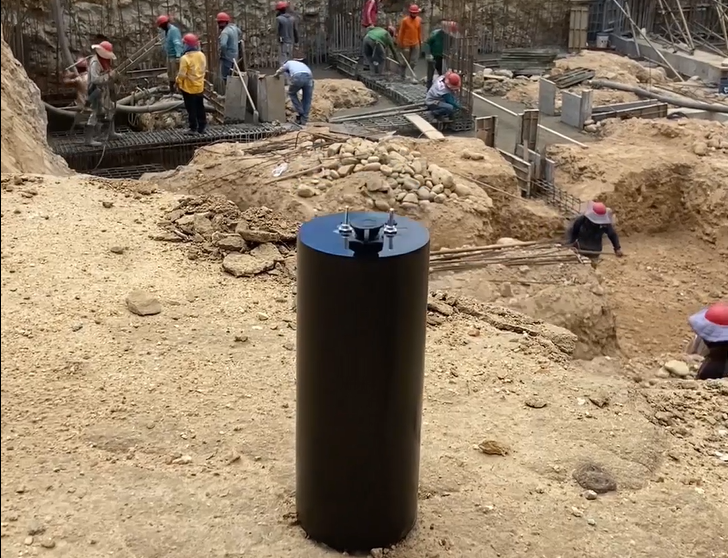PILE INTEGRITY TESTING

PIT tests, or Pile Integrity Tests, are carried out to determine the integrity of piles concerning their continuity, existence of fractures, porosity, or weaknesses, as well as their total length. SUBSUELO3D has the equipment to carry out this test, according to the ASTM D5882-00 standard.
Pile Integrity Tests (PIP), also known as PIT (Pile Integrity Test in English), consist of determining the individual integrity of vertical or inclined piles by measuring and analyzing the response in pile velocity, induced by an impact usually generated by a plastic hammer, perpendicular and axial to the surface of the pile head (ASTM D 5882-16). This method works best in concrete sections, while its application is more limited in steel structures and piles. Currently, there are two (02) applicable methodologies to determine the integrity of piles, which are:
Pulse-Echo Method (PEM): Which consists of measuring the movement in the pile head, produced by the impact of the hammer and subsequent echo generated when the pulse is reflected at the base of the pile, or where an impedance change occurs due to the effect of fractures, changes in cross-section or other morphologies before the foot of the pile. The data is recorded in the time domain and subsequently analyzed to determine the integrity of the pile (ASTM D 5882-16).
Transient Response Method (TRM): In this case, the movement and force (using an instrumented hammer) are measured at the pile head. The data is recorded in the time domain but subsequently analyzed in both time and
frequency domains (ASTM D 5882-16).
The instrumentation required for the execution of the test requires at least one instrument to generate impacts, acceleration and/or speed and force sensor (optional), data recording, and visualization electronics.
The device for generating the voltage wave is usually a plastic hammer to generate the pulse without causing damage to the pile head. When using the Transient Response Method, the hammer must have a sensor that measures the applied impact force, which forms an instrumented hammer.


